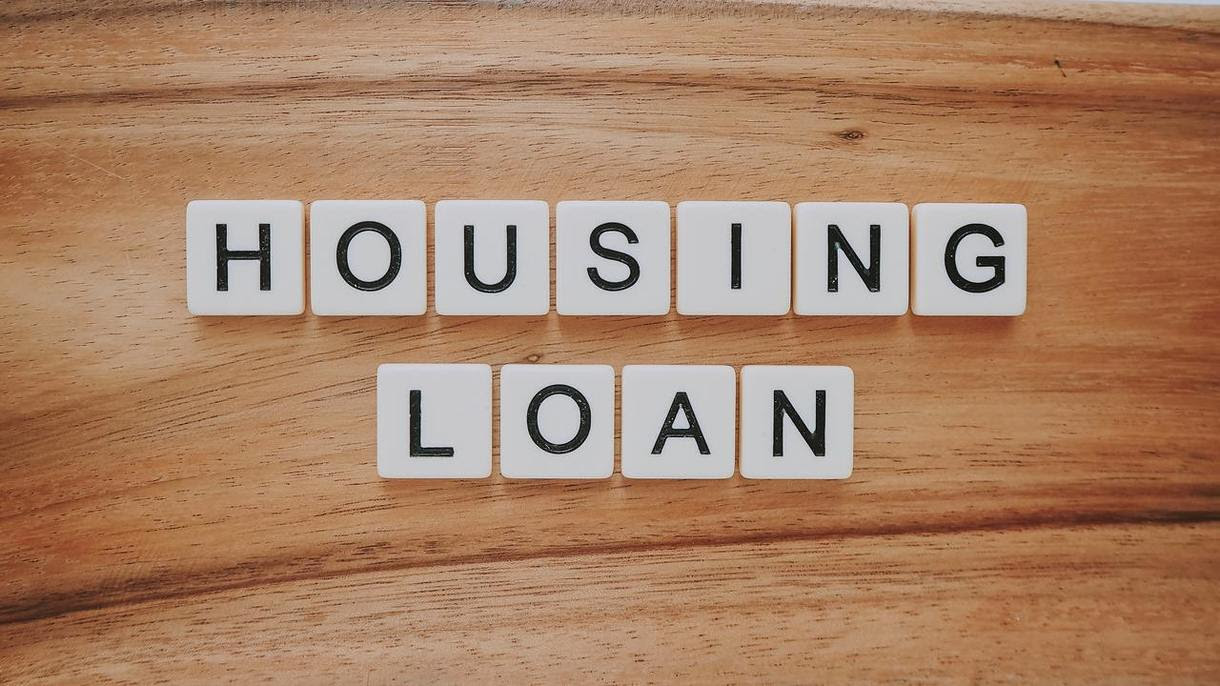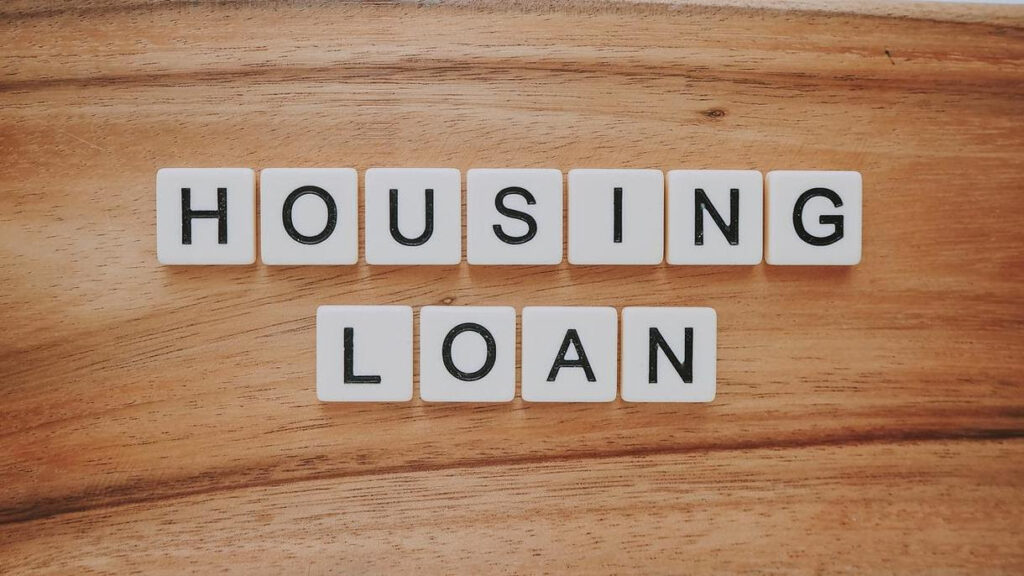About Mortgage situation
You found your dream home, you decided to have it financed through a mortgage loan. You have been paying your hard earned money every month for the last 15-30 years, or even more.
For all these years the ownership document of your home was in the name of lender/bank.
Satisfaction of Complete Repayment
Now you have payed your last installment of payment. Wow! This great feeling of relief and satisfaction; only you can feel the joy of it.
On checking your account you find the most valuable lines “Paid in Full”. Now you too joined the esteemed group who have full, free and clear ownership of their home.
Congratulations! All the sacrifices you and your family made to have the ownership of the home has paid off well.
There are a number of important documents you need to collect. There are a few responsibilities you’ll need to take over now that no bank has a lien on your home.
These steps mentioned below can be helpful to you in ensuring that you have a clear ownership of your property after the mortgage is over.
The Final Documents to Collect and Clean Title Process…
1) Release of Lien:
After completion of full payment, your lender will send a document to the county or city registry office notifying them that your title is now clean.
Now lender will prepare and produce the document for Release of Lien. By doing this the lender indicates that lien the lender attached to the property while it was under mortgage is no longer valid.
The lender will produce the document of Release of Deed of Trust or Satisfaction of Mortgage, which will discharge your property from any claim from Lender.
Now there is no longer a lien on your property, it means that final authority of you home is with you.
Now you have full right and ownership on your home, especially if you decide to sell your home at any time.
2) Cancel your Automatic Mortgage Payments:
When you make a payment towards a mortgage every month, generally an automatic payout facility is set up from your bank account. This ensures that correct and prompt payment can be made towards the mortgage.
Now that the last and final payment is made towards it, you need to contact the bank and instruct them to stop the automatic deduction from your bank account towards the mortgage.
3) Expect to Receive some Important Documents:
There are few documents that you can obtain from various sources after the last payment towards mortgage, these indicate your complete ownership of the home. The documents are:
a) Mortgage Promissory Note:
During purchase the mortgage loan lender asked for a mortgage promissory note signed by you as a means of security.
Now after the completion of full payment, the lender should cancel and return the mortgage promissory note signed by you.
This canceled promissory note proves that all the terms of the loan have been fulfilled and that you no longer owe the lender any money!
b)Payoff Notice:
Some lenders provide with the proper payoff notice after loan completion.
It indicates that you now have a zero balance on your home towards mortgage and that you owe nothing more to the lender.
The payoff notice shows that you now have a zero balance on your home, and full loan has been repaid back.
c)Trust Deed:
You may also receive the canceled trust deed, trust deed secured your loan with title to your house, and which conveys the home to a lender if the borrower defaults.
Some call it “Release of Deed of Trust” or “Mortgage Release” as well.
d)Credit Report:
You also need to check your credit report to make sure your mortgage account now shows a zero balance.
Your mortgage company may not necessarily complete this essential action on its own.
So in such cases sometimes you may need to initiate the process so that the paid mortgage appears on your credit report.
e)Mortgage Statement:
Another important document to collect is the Complete Mortgage Statement. It is a document stating that you’ve paid off your home.
It indicates the total amount of interest paid by the borrower for a given calendar year.
Mostly this document is in form of a statement it indicates the total loan availed, and total interest repaid towards this mortgage.
When to expect?- What if not provided by the lender?:
It may take a few weeks to receive your completed paperwork from lender.
If even after a couple of weeks of making your last payment if lender doesn’t provide any document, reach out to them.
Then the lender has to be contacted to check on the status of your paperwork and also to make sure you receive it at the earliest.
Not all mortgage companies/lenders follow the same procedure, and some may not provide you with any documentation at all.
If yours lender doesn’t, feel free to ask them for copies of your paperwork to have it for your records.
4) Keep your Documents in a Safe Place:
Now that the ownership of the home is transferred in your name, the next step is to safe keeping of these mortgage documents.
These are the most important document that signifies your ownership of your home.
It is better keep it and other related documents in an actual safe or even in a safety deposit box.
By chance in the future if someone questions ownership of the property, or claims that you didn’t pay the loan off in full, then you can show these documents as proof.
These documents are also required in the future in case you are planning to sell the property.
These document prove your complete and free ownership of the property.
So proper provisions should be made to ensure safe keeping of these mortgage documents.
In cases of lost documents:
If by any chance you lose these important document there is no direct risk involved, as the actual ownership and possession is with you only.
In such case these documents can be re issued by paying of further fee.
But it can be quite a hassle to recollect new duplicate documents and replace them with the lost ones.
One can claim a new deed by paying a small fee, it can be collected from the same county in which your house belongs.
5) Remove the Lender’s Lien:
The lender should notify the county or city recorder that it has canceled the mortgage lien on your property.
They do this with a Release of Deed of Trust, or Satisfaction of Mortgage, which legally releases your property from any claim by the lender.
It’s a good idea to request a certified copy of this document from the recorder’s office if the lender does not provide you with one.
If the lender does not have the release recorded, you must do it yourself by bringing the canceled note and trust deed to the recorder’s office.
6) Update Homeowner’s Insurance:
If you had an escrow account set up, you will have to start making the insurance and property tax payments on your own after the completion of loan repayment.
When a loan is taken from a lender, it is a common practice that the lender create an escrow for the payment of insurance premiums.
Then the lender pays for insurance themselves and adds it to the total monthly mortgage payments.
Now that the loan repayment is completed it becomes the responsibility of the owner to pay for the insurance.
So you need to contact your homeowner’s insurance carrier to have the lender removed from the policy.
Since the lender no longer has any claim to the house, it should not have the legal right to any insurance payout in the case of fire or other damage.
If you don’t have the lender’s name removed from the policy, filling and collecting on an insurance claim can become complicated.
In that case for all the matters you have to contact the lender first.
The same problem will arise when you have to receive your insurance check indirectly through the lender.
So to avoid these problems, the name of the lender must be removed from the document after completion of final payment.
7) Update your Payment for Property Taxes:
Like in case of home insurance, chances are that the property taxes were likely escrowed by the lender at first.
Then the amount of tax is passed on to the monthly mortgage payments.
Once you’ve paid off your loan, you’re now in charge of making those payments.
In case you miss out on changing the name in documents again the property tax will arise in name of the lender.
For property taxes, contact your local taxing authorities to make sure you’ll receive the bills.
This way you avoid a hefty fine due to late payment.
8) Don’t Forget Taxes and Insurance:
Now that you’re taking over those payments, you must set aside enough cash to pay for both property taxes and insurance.
Experts highly recommend homeowners to create their own escrow account.
Opening a bank account is also helpful where the fund can be deposited to cover these expenses each month.
Generally lenders keep extra funds above and beyond the actually taxes owed.
You should get that reserve fund within a couple of weeks in the form of a check from your lender.
You can deposit it into your account and you can utilize the same amount as your mortgage each month.
This can act as a reserve fund until you have enough to cover your property taxes and homeowner’s insurance premium.
9) Use the Monthly Mortgage Payment Elsewhere:
A mortgage is a big financial commitment in your life and often it’s the last thing you need to pay off before you can consider yourself debt-free.
Now you can allocate the surplus money towards other financial goals.
You have some surplus cash which you can spend whenever you want.
But on the wiser side, it is more important to utilize this opportunities to achieve other concrete goals such as a car, a vacation home, and other big purchases.
Even better, you can also keep part of that money in your bank account or in your retirement fund.
It can be used towards the renovations you’ve been planning for a long time in your home; now you can finish those projects and boost its resale value.
You can also make modifications to help you in old age and enjoy the latter years of your life in your beloved home.
10) Additional Financial Freedom:
Allocating your monthly mortgage payments elsewhere after making your final payment can give you more financial freedom to invest in your home and in yourself.
You no longer have to worry that you owe anyone any money.
For retirees or those who are nearing their retirement years, it can be one of the best feelings in the world.
The house is now yours—free and clear of any liens and issues about ownership.
Do whatever makes you feel great and happy! It’s an outstanding achievement worthy of a big celebration.
It is a proud moment: you own your home. You are now mortgage-free after all these years!
Melissa Dorman is a Licensed Broker with Yascha Group at Living Room Realty in Portland, OR. Follow Yascha Group on Facebook.









